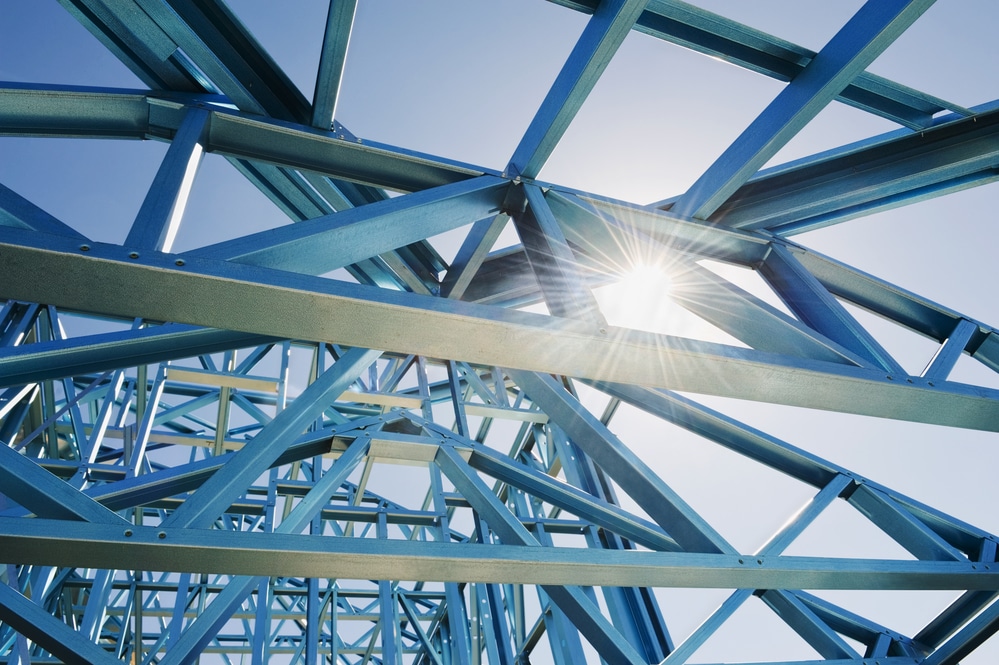
In celebrating Earth Day this month, we’re able to reflect on the production and usage of steel and its environmental impact on the world.
Steel is a very popular building material for both residential and commercial structures, known for its incredible strength and durability. But, with each new year that passes, we are becoming increasingly aware of the sustainability of our building practices, and whether or not we are making positive choices for the environment.
With this in mind, you may be surprised to learn that steel is actually quite environmentally friendly–which we’ll now discuss in more detail.
Recyclable and Sustainable
One of the primary reasons why steel structures are environmentally friendly is because steel is a material that can be recycled and reused over and over again. Unlike many other materials that are used in construction, like concrete, steel can be reused indefinitely without losing its favorable properties.
By some estimates, 40% of all steel that is produced is made with recycled materials. As such, steel structures can be dismantled and the steel can be used to build new structures in the future. Thus, this reduces the need for new materials to be mined and produced, reducing the environmental impact of construction when using steel.
Energy Efficiency
Another aspect of steel structures that make them environmentally friendly is that these buildings are more energy efficient once they’re constructed.
Since steel is so strong, it can support thicker and more sheets of insulation without compromising the structure of the building. In turn, this keeps the building cooler in the summer and warmer in the winter, reducing the need for air conditioning or heating throughout the year. Not only does this help with cost savings, but it results in less electricity use and a smaller carbon footprint as well.
At the same time, steel structures can better support solar panels, a renewable energy source, which can be used to power the building. These can get to be quite heavy, which may put pressure on structures made from different building materials. Therefore, the usage of steel supports the use of green energy like solar panels, making these types of structures more environmentally friendly than the alternatives.
Long-Standing and Resilient
Steel structures also tend to be more resilient to the elements. This means steel structures get damaged less easily and need less maintenance over time, which reduces the carbon footprint from additional repairs or work that is done on the building.
Steel doesn’t grow mold and isn’t prone to cracking or insect infestations like wood is–another common building material. Thus, since it can’t absorb moisture, it stays more structurally sound even when exposed to harsh elements and conditions, making it longer-lasting and more sustainable.
All in all, given the lifespan of steel structures, they are a much better choice for the planet compared to other types of building materials that break down quicker and require much more maintenance and work throughout their lifetime.











